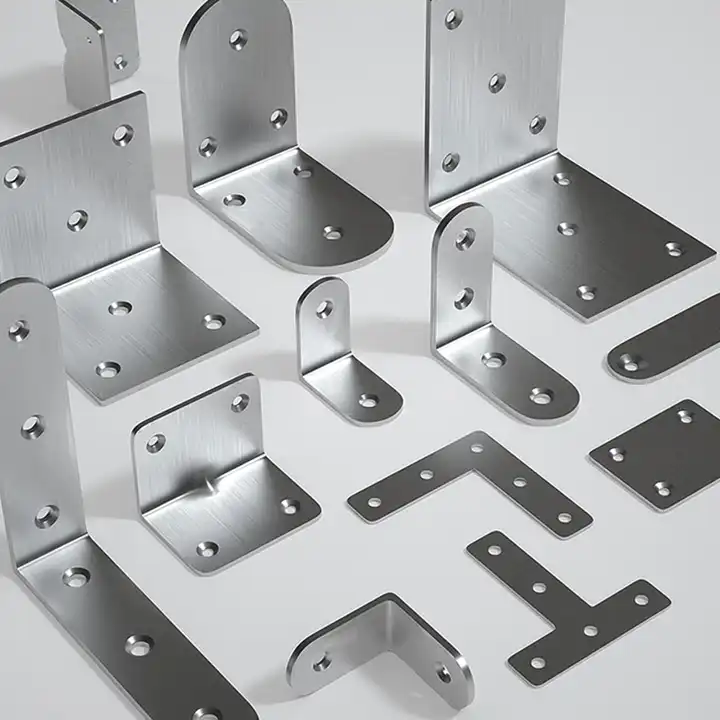Understanding the Fundamental Role of Hex Nuts in Modern Engineering
In the vast world of fastening components, hex nuts stand as one of the most essential and widely utilized elements across numerous industries. These six-sided mechanical fasteners play a crucial role in joining and securing various parts together, providing the necessary tension and stability required in countless applications. From massive industrial machinery to everyday household items, hex nuts are the unsung heroes that keep our manufactured world firmly connected.
The remarkable versatility of hex nuts stems from their simple yet ingenious design. The hexagonal shape allows for easy gripping and manipulation with standard tools, while their threaded interior provides secure engagement with bolts and screws. This combination of practical design and functional efficiency has made hex nuts an indispensable component in modern manufacturing and construction.
Design Features and Specifications of Hex Nuts
Material Composition and Manufacturing Process
Hex nuts are manufactured using various materials, each chosen to meet specific application requirements. Common materials include stainless steel, carbon steel, brass, and nylon. The manufacturing process typically involves cold forming or hot forging, followed by threading operations that create the precise internal threads. Quality control measures ensure consistent dimensions and thread patterns, vital for proper functioning and interchangeability.
The selection of material significantly influences the hex nut's performance characteristics. Stainless steel hex nuts offer excellent corrosion resistance and strength, making them ideal for outdoor and marine applications. Carbon steel variants provide high tensile strength at a lower cost, while brass hex nuts are chosen for their aesthetic appeal and corrosion resistance in decorative applications.
Dimensional Standards and Classifications
Hex nuts follow strict dimensional standards established by organizations such as ISO, ASME, and DIN. These standards define critical dimensions including thread size, width across flats, height, and chamfer angles. Understanding these specifications is crucial for ensuring proper fit and function in various applications.
Classifications also extend to thread types, with coarse and fine threads being the most common variations. Coarse-threaded hex nuts are generally used in standard applications, while fine-threaded versions offer greater adjustment precision and resistance to vibration loosening.
Applications Across Different Industries
Construction and Infrastructure
In the construction industry, hex nuts are fundamental components in structural connections. They secure steel beams, concrete anchors, and various building elements. Bridge construction particularly relies on high-strength hex nuts for critical connections that must withstand enormous loads and environmental stresses.
Infrastructure projects such as telecommunications towers, railway systems, and power distribution networks extensively utilize hex nuts in their assembly. These applications demand specific grades and finishes of hex nuts to ensure long-term reliability and safety.
Automotive and Transportation
The automotive industry employs millions of hex nuts in vehicle assembly. From engine components to chassis assemblies, hex nuts secure crucial parts while withstanding intense vibration and temperature variations. Special-purpose hex nuts, such as prevailing torque types, are used in critical safety applications to prevent loosening under dynamic loads.
Similar applications extend to aerospace, marine, and railway industries, where hex nuts must meet exceptionally high standards for safety and reliability. These sectors often require specialized hex nuts with unique features such as self-locking mechanisms or specific material certifications.
Installation and Maintenance Best Practices
Proper Installation Techniques
Correct installation of hex nuts is crucial for optimal performance and safety. This involves proper cleaning of threads, accurate torque application, and consideration of loading conditions. Using calibrated torque wrenches ensures consistent tightening force, while thread-locking compounds may be necessary for specific applications.
Professional installers understand the importance of proper alignment and the need to avoid cross-threading. They also consider factors such as thermal expansion, vibration, and load distribution when selecting and installing hex nuts.
Maintenance and Inspection Protocols
Regular maintenance of hex nut assemblies involves periodic inspection for loosening, wear, or damage. This includes checking for proper torque retention, examining for corrosion or thread damage, and verifying proper alignment. Maintenance schedules should be established based on application requirements and operating conditions.
When issues are identified, proper documentation and replacement procedures must be followed. This might involve replacing not just the hex nut but also the matching bolt or stud to ensure system integrity.
Frequently Asked Questions
What factors should be considered when selecting a hex nut for a specific application?
When choosing a hex nut, consider factors such as load requirements, environmental conditions, material compatibility, thread size and type, and any specific industry standards or regulations. The operating temperature, exposure to chemicals or weather, and maintenance accessibility should also influence the selection.
How can you prevent hex nuts from loosening under vibration?
Several methods can prevent vibration-induced loosening, including using lock washers, nylon insert lock nuts, or thread-locking compounds. Proper torque application and regular maintenance checks are also essential for maintaining secure connections in high-vibration environments.
What are the signs that a hex nut needs replacement?
Common indicators include visible thread damage, corrosion, deformation, difficulty in achieving proper torque, or signs of loosening. Any hex nut involved in a critical safety application should be replaced if there's any doubt about its condition or if it has been removed and reinstalled multiple times.

